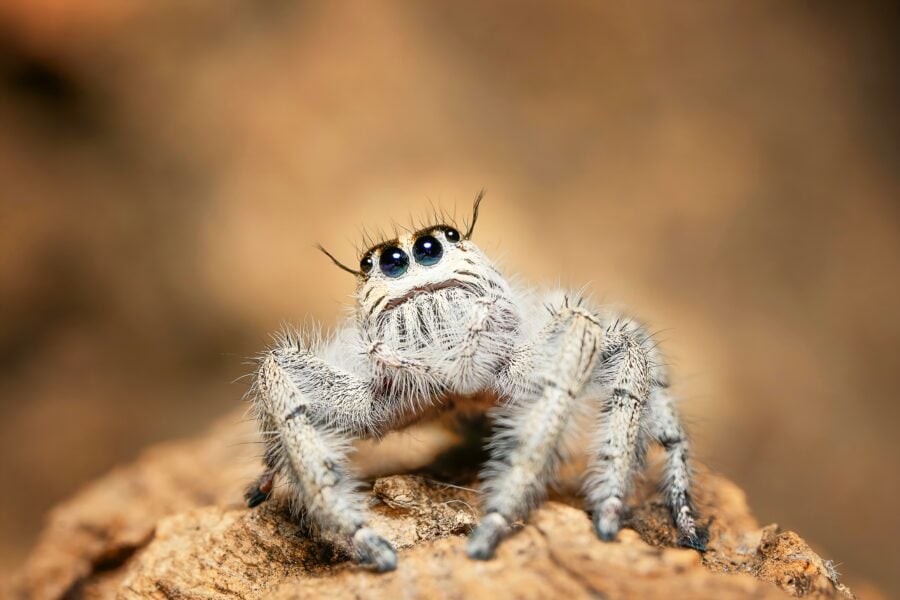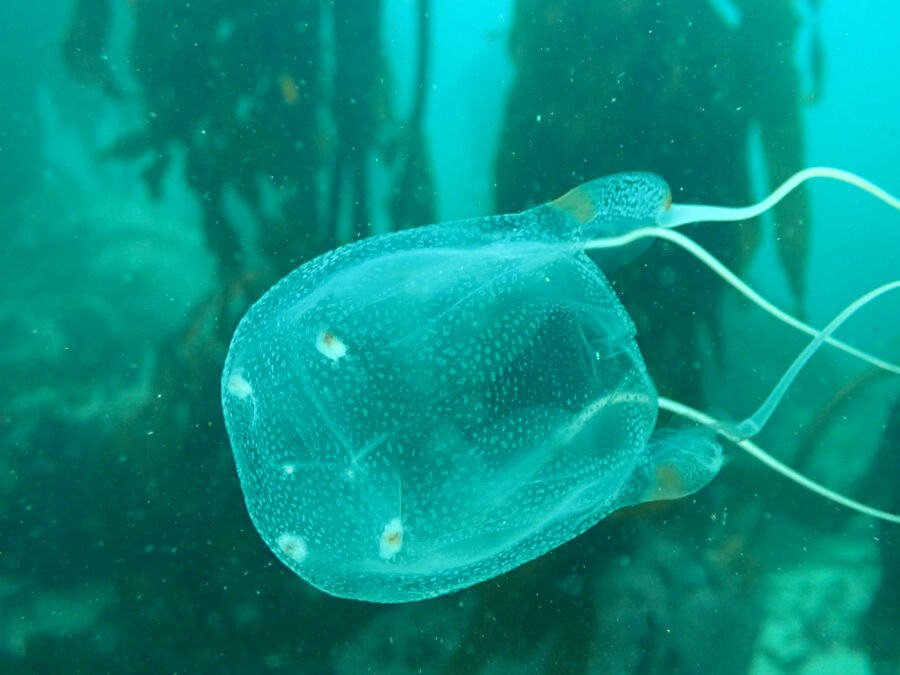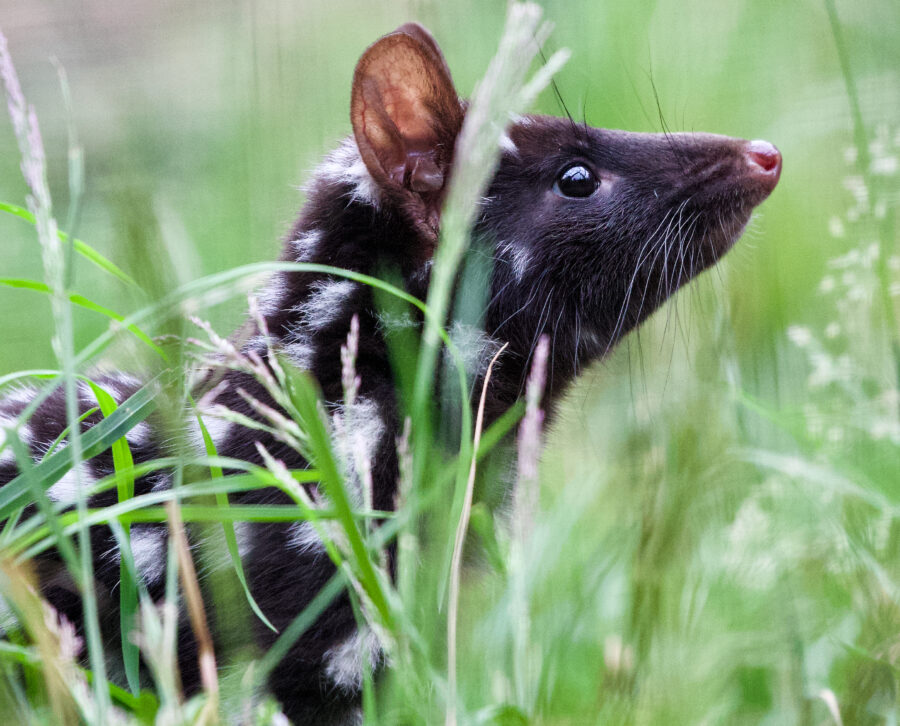Incredible leaf-like katydid has its Christmas colours on

Bec Crew
Bec Crew

IT ALSO LOOKS exactly like a leaf, and wait till you see its hind legs, which look so much like the real thing, you’re probably going to stare at them for way too long like we did.
Seriously, look at these things, they’re perfect:

(Image Credit: Peter Kirk)
And here’s the extra weird thing about them – the females are the only ones that turn pink and red, and no one’s figured out why.
A rare find
Late last year, researchers announced the discovery of two new species of katydid, found in the dense forests of Sabah – a Malaysia state located on the northern portion of Borneo Island.
They belong to the genus Eulophophyllum, which for almost a century has contained but one species – Eulophophyllum thaumasium.
This species was so unusual that when it was first discovered on the island of Labuan – about 8 km from the coast of Sabah – it was named after the ancient Greek word for wonder (thaumazein).
Only a single specimen of E. thaumasium has ever been found, but expeditions that have been going on since 1991 finally caught the trail of something even better – more Eulophophyllum species.
Photos of a brightly coloured katydid taken in 2013 by photographer Peter Kirk were shown to George Beccaloni from the London Natural History Museum and Sigfrid Ingrisch, an expert on Asian katydids from the Alexander Koenig Research Museum in Germany.
As soon as they saw them, they knew they were on to something.
Classifying insect species from photographs alone is very rarely done these days, because often the physical differences that separate one species from another are too small to make out in an image.
But this Eulophophyllum katydid was so unique, Beccaloni and Ingrisch didn’t need to microscope to know it was entirely new to science – the pattern of veins on its wings were unlike anything they’d seen in another katydid species, as were its large, leaf-like hind legs.
They named the species Eulophophyllum kirki, and the find prompted them to go back and compare similar images from 1993 to more recent images they’d seen posted to social media. Sure enough, another new species was classified: E. lobulatum.
Why so pink?
From the photographs taken of both species, it’s been confirmed that the males are uniformly green, and the females are mainly pinkish red with bright green patterning.

(Image Credit: Paul Bertner)
And what’s strange is that the females weren’t even found on vegetation with similar colouring – if they want to sit on green leaves, why didn’t they end up green like the males?
As the researchers explain in their paper:
“The photographer of E. kirki placed the pink female on leaves of a plant with young red leaves to demonstrate the cryptic appearance of the pink individual when sitting on such leaves. However, when discovered in the field, neither this female nor the pink female of E. lobulatum were resting on red leaves. In fact, the pink female of E. kirki was resting on a branch with green leaves when discovered, and was very conspicuous to a human observer.”
Maybe these particular females were bad at understanding the concept of camouflage, and most other females of the species were actually sitting on red leaves. Another option that the researchers say isn’t very likely is that perhaps the colouring isn’t for camouflage at all – it’s a warming signal to would-be predators that the females are not good to eat.
We’re going to have to find more of these creatures to know for sure, but considering that these even more conspicuous pink katydids from North America are doing fine, maybe katydids can get away with looking a little different:




